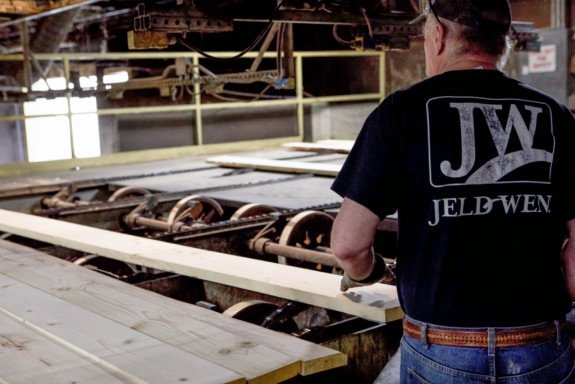Hiring Like-Minded Employees
Culture is Forever
If you’re concerned with hiring like minded employees, congratulations, you are among a very large group of friends.
Naturally, businesses want to build a strong culture of like-minded people that can all be moving in the same direction.
Nowadays, many firms are actually putting more focus on the culture fit versus a functional fit. As they say, you can teach a job, you can’t teach a personality. That’s why making like-minded hires can have such a huge impact on business.
Define Your Culture
In order to find someone like-minded, you have to define what you’re like!
Seems simple enough, but really get into the core of your people and how you operate as a business. There is no good or bad answer, there is only the right answer.
There is a huge difference in culture between a high activity sales and close-driven culture and a laid back family environment where custom care is the primary focus.
Figure out how you define yourself first.
Design the Questionnaire
Once you’ve figured out your core culture, begin to ask candidates behavioral questions focused on uncovering specific scenarios that they have (or have not) displayed the traits you find most important.
A few behavioral questions would include:
- Tell me about a time you followed your bosses orders even when you didn’t believe them to be correct
- What is a time where you disagreed with a coworker on how a situation should be handled, and how did you alleviate the disagreement and solve the problem?
- Tell me about a time where things just slipped through the cracks and a customer got upset. How did you fix things?
- Tell me about a time you had to directly help a teammate in order for them to be successful
Trust the Gut
Now, nobody is saying that you should jump to conclusions after the first couple minutes of meeting someone.
What you should do is trust your social abilities after having long conversations with the candidates. Yes, this is a completely subjective way of addressing things, but we are dealing with humans – not robots. We cannot always be 100% objective.
If you’d like to learn more on hiring the right cultural fit, please reach out to us at james@legacysearch.net








 ERASE THE NOISE FROM YOUR SEARCH
ERASE THE NOISE FROM YOUR SEARCH







 THE CORPORATE PYRAMID
THE CORPORATE PYRAMID